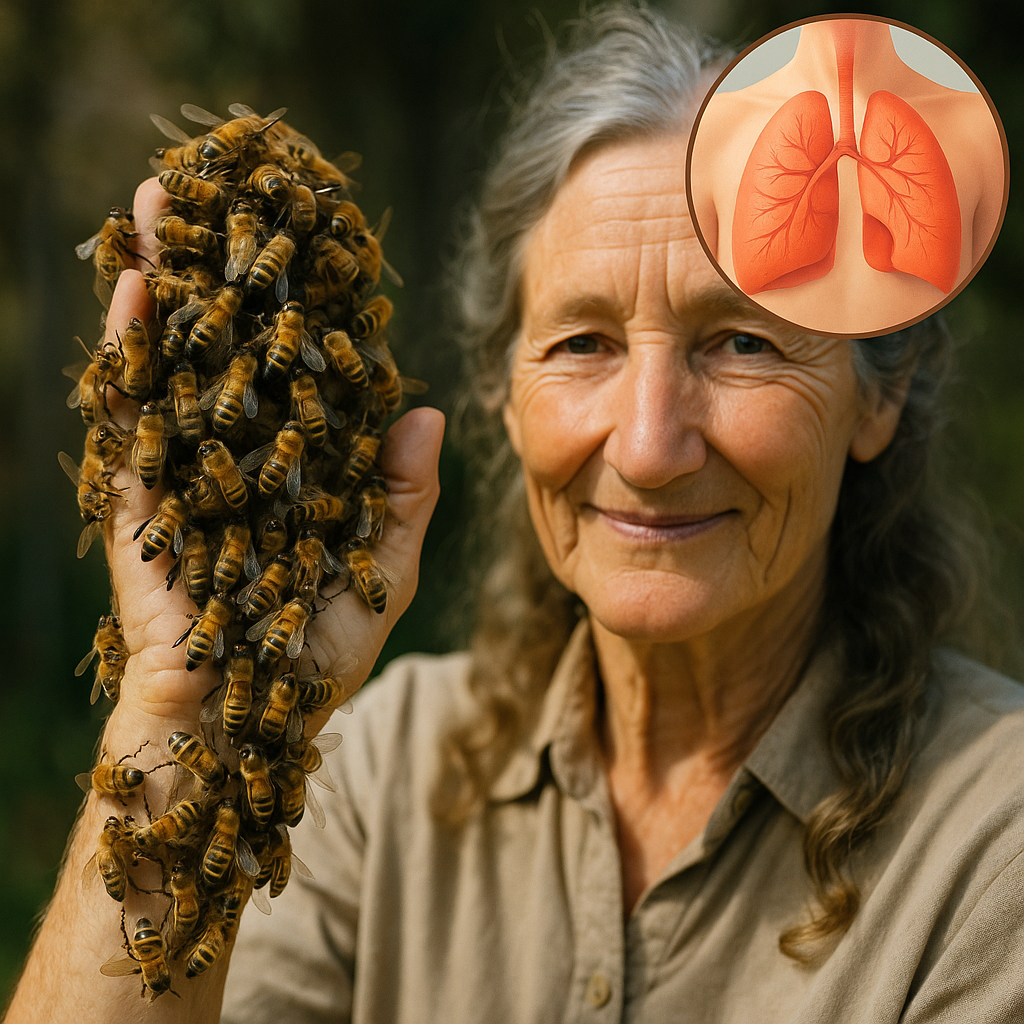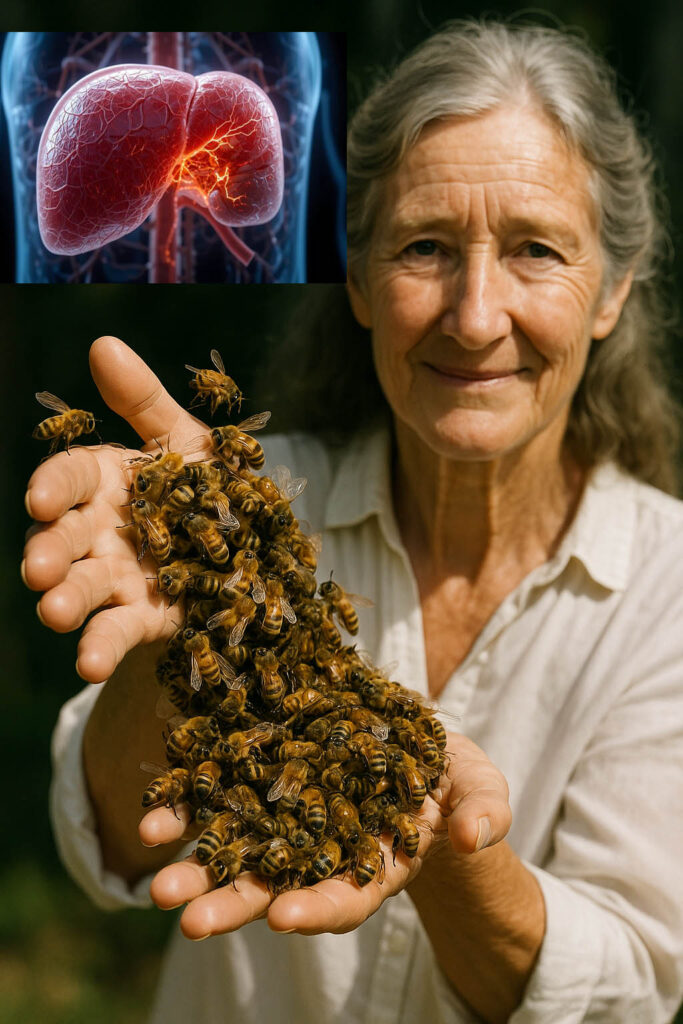Bees are the quiet heroes of our environment—essential pollinators responsible for one-third of the food we eat. But they’re in trouble. Habitat loss, pesticides, and climate change are threatening their survival. The good news? You can be part of the solution by creating a bee sanctuary right in your own garden.
Here’s your comprehensive guide to growing the best bee-friendly plants, why they matter, and how to cultivate a thriving habitat that supports local bee populations year-round.

🌼 Why Plant Bee-Friendly Gardens?
Bee-friendly plants offer two key nutrients:
- Nectar, for energy
- Pollen, for protein and vitamins
By planting a diverse range of flowers, herbs, and shrubs, you’re not only helping bees—you’re enriching your soil, boosting your fruit and vegetable yields, and supporting a balanced garden ecosystem.
🌿 Top Bee-Friendly Plants and How to Grow Them
1. Lavender (Lavandula)
Why: Its fragrant purple blooms are nectar-rich and beloved by bees.
How to Grow:
- Full sun
- Well-drained soil
- Space plants 18 inches apart
2. Sunflowers (Helianthus)
Why: Bright and pollen-heavy, sunflowers draw in bees and feed them well.
How to Grow:
- Full sun
- Sow seeds 1 inch deep, 6 inches apart
- Keep soil evenly moist
3. Borage (Borago officinalis)
Why: Replenishes nectar quickly, making it a bee magnet.
How to Grow:
- Full sun
- Well-drained soil
- Sow directly in spring, spacing 12 inches apart
4. Foxglove (Digitalis)
Why: Its tubular blooms suit long-tongued bees perfectly.
How to Grow:
- Partial shade
- Rich, moist soil
- Sow seeds in late spring, spacing 15 inches apart
5. Rosemary (Rosmarinus officinalis)
Why: Flowers all year in some climates and attracts bees with fragrant blooms.
How to Grow:
- Full sun
- Well-drained soil
- Plant cuttings 2 feet apart
6. Coneflower (Echinacea)
Why: A hardy perennial that supports bees and other pollinators with a steady supply of nectar.
How to Grow:
- Full sun to partial shade
- Well-drained soil
- Space 1–3 feet apart
7. Mint (Mentha)
Why: Its blossoms offer nectar, and the scent naturally draws in bees.
How to Grow:
- Plant in containers to control spread
- Partial sun
- Water regularly

🐝 Bonus Tips for a Bee-Friendly Garden
🌊 Provide a Water Source
Place a shallow dish filled with water and small stones for landing pads. Bees need water to regulate hive temperature and for digestion.
🚫 Skip the Pesticides
Avoid synthetic pesticides and herbicides. If needed, opt for organic or natural pest control methods that are bee-safe.
🌸 Plant in Clumps
Group the same plant species together. Bees prefer clusters of blooms, which are easier to spot and forage.
🌱 Offer Year-Round Blooms
Plant a variety of species that flower in spring, summer, and fall to keep bees fed throughout the growing season.
🪴 Go Native When Possible
Native plants are adapted to your local environment and are often the best nectar sources for local bee species.
🌍 Why It Matters
A single bee garden may seem small—but collectively, urban and suburban gardens are forming lifelines for declining pollinator populations. Your backyard or balcony could be a critical stop for a tired honeybee or bumblebee on its journey.
Bees aren’t just cute buzzing visitors—they are vital to global food security and biodiversity. By planting with purpose, you’re helping protect our planet’s most important pollinators.
🌸 Final Thought
Creating a bee sanctuary isn’t complicated. It’s a joyful, vibrant act of sustainability that brings beauty and life to your space while supporting a species in crisis.
🌼 Start with one pot, one patch, or one flowerbed—and let the buzz begin.
👇 Have you planted a bee-friendly garden? Share your favorite bee-attracting plant below!

